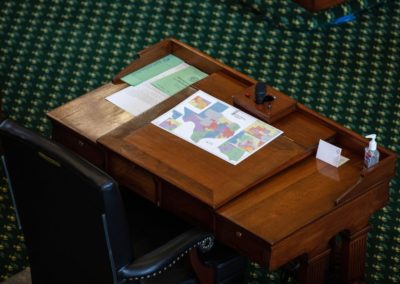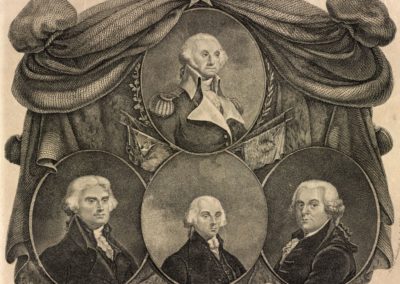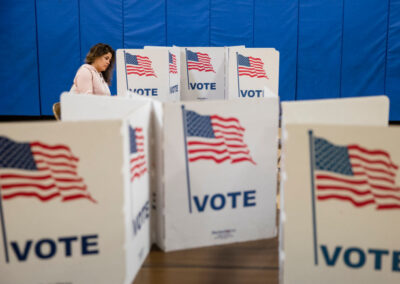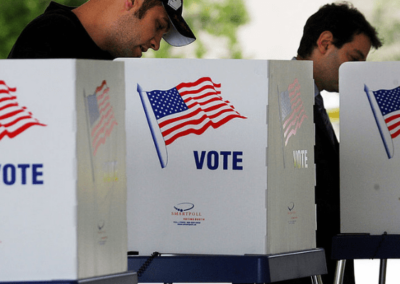Solving Election Dilemmas
A lot of things can go wrong during an election – but how do we fix them?
By: Jose Backer | November 21, 2020 | 468 Words

(Photo by Jessica McGowan/Getty Images)
Even though Election Day 2020 has come and gone, there are still many questions about who actually won and how we declare a winner to begin with. Usually, elections are contested when someone accuses someone else of fraud or says that mistakes were made. Candidates and campaigns then sue the states – and in some cases, various levels of the state government – hoping to get the courts to change the election results.
Recount efforts take place either at the request of a presidential campaign or automatically based on state law. The margin of victory usually has to be very small for states with automatic recounts to initiate the process, and these recounts are performed in various ways. States like Pennsylvania, Michigan, and Arizona have automatic recounts when the results are incredibly close. At the same time, most other states in the country must allow a recount if a court approves it – but the candidate or party that asked for it has to cover the costs.
A notable example of recount requirements is Wisconsin’s recount in the 2016 presidential election. The Green Party candidate Jill Stein filed a lawsuit pushing for a hand recount of all ballots. Stein seemed to act on behalf of Hillary Clinton, especially since Stein had no chance of winning the election, but Stein’s case was supported by academics and election specialists who argued that Wisconsin’s voting system was prone to flaws, pushing the judge to order a manual recount of all the votes.
The Trump campaign filed lawsuits to stop the recount, but was denied. The Stein campaign also filed lawsuits for recounts in Pennsylvania and Michigan that were denied or stopped by judges at different levels
Ultimately, the winner of our presidential elections is not officially declared until January of the following year. States must certify their results six days before the Electoral College’s first meeting on December 14. By this time, election controversies generated from lawsuits and recount efforts are meant to be finished in time for the Electoral College to meet and have its members cast their ballots for president. After the vote certification deadline on December 8, any electors can theoretically have their votes challenged by Congress, which is why states are bent on meeting the certification deadline in election years. By December 23, all state electors should have submitted their votes to Congress in time for the new Congressional session to count the votes for president on January 6 and name the new president.
Many steps still need to occur before a winner is certified in the 2020 election. Although the media has a habit of calling the presumptive winner president-elect, it is improper to use that title until Congress announces the winner of the election. Until this deadline, debates about the election’s validity are open and up to our court system to handle and decide.
















